But before you define MyData, your work will be easier to understand if you define five normal range names First, assign the names shown in the range A1 to the adjacent cells in column B To do so, select the range A1B4;Excel name types In Microsoft Excel, you can create and use two types of names Defined name a name that refers to a single cell, range of cells, constant value, or formula For example, when you define a name for a range of cells, it's called a named range, or defined rangeHow to Define the Name of a Cell or Range of Data Working with formulas for simplicity it is desirable to designate a cell or range of data In this part of the tutorial I will try to explain how to name a cell in Excel 13 as well as to appoint a range of data

Locating Name Manager In Excel For Mac Ask Different
Right way to define name range in excel
Right way to define name range in excel-'Create Names from Selection' dialog box will appear Check to Top Row and Left Column Click on OK Each row and column range now defines its own range name To see the automatically defined name, Press CtrlF3 on your keyboard Name Manager dialog box will appear Now you can see the every defined namesIn the Name Manager dialog box, you can create, edit and delete the named ranges as you want Please do as this 1Go to the Name Manager by clicking Formula > Name Manager, see screenshot 2In the Name Manager dialog, press Shift key to select all the named ranges or hold the Ctrl key to select the ones that you don't need, see screenshot 3And then click Delete
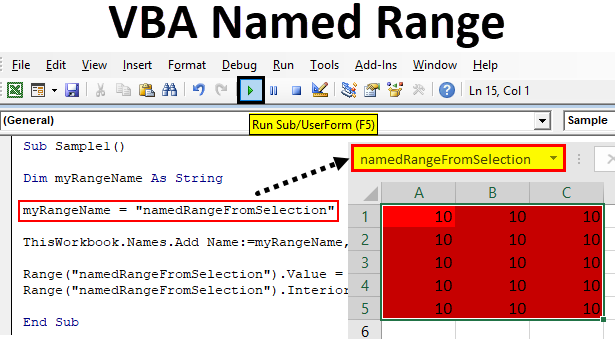



Vba Named Range How To Use Vba Named Range In Excel Vba
Choose Formulas, Defined Names, Create From Selection, to launch the Create Names dialogMS Excel Name RangeWatch More Videos at https//wwwtutorialspointcom/videotutorials/indexhtmLecture By Mr Pavan Lalwani, Tutorials Point India PrivatHere are the steps to create Named Ranges in Excel using Define Name Select the range for which you want to create a Named Range in Excel Go to Formulas –> Define Name In the New Name dialogue box, type the Name you wish to assign to the selected data range
Excel has a useful feature Named Ranges You can name single cells or ranges of cells in Excel Instead of just using the cell link, eg =A1, you can refer to the cell (or range of cell) by using the name (eg =TaxRate) Excel also provides the "Name Manager" which gives you a list of defined names in your current workbook This means the named range can be accessed by any worksheet in your Excel file Creating Names With The "Name Manager" If you want to customize your named ranges even more, you can open up the Name Manager ( Formulas tab > Defined Names group > Name Manager button) to edit and create new named rangesNow I'll just copy this formula to the clipboard and use it as a reference to create a named range called "data" When I click back out of the reference area, you can see that the correct range is highlighted on the worksheet Finally, let's make sure the range is dynamic
Go to Formula Tab Locate the Defined Names section, and click Define Names This will open the Name Manger Click on New Type the Name Select the Scope (workbook or sheet) Write a comment if you want In Refers to box write the reference or select a range On the Formula tab, in the Defined Names group, click Define Name Or, press Ctrl F3 to open the Excel Name Manger, and click the New button Either way, the New Name dialogue box will open, where you specify the following details In the Name box, type the name for your dynamic range How to use the OFFSET formula with a defined name To do this, follow these steps, as appropriate for the version of Excel that you are running Microsoft Office Excel 07, Microsoft Excel 10 and Microsoft Excel 13 In a new worksheet, enter the following data




Named Ranges In Excel See All Defined Names Incl Hidden Names




Named Range Named Constant In Excel Tech Funda
Named Range Create a named range or a named constant and use these names in your Excel formulas This way you can make your formulas easier to understand To create a named range, execute the following stepsDefine a name for a cell or cell range on a worksheet Select the cell, range of cells, or nonadjacent selections that you want to name Click the Name box at the left end of the formula bar Name box Type the name that you want to use to refer to your selection Names can be up to 255 characters in length Hello, I am trying to define a named range using an IF statement I have a table (Staff) (example below) and I want to create a named range of all the names where the type = Manager Name Type John Worker Simon Manager Tim Manager Paul Worker I've tried
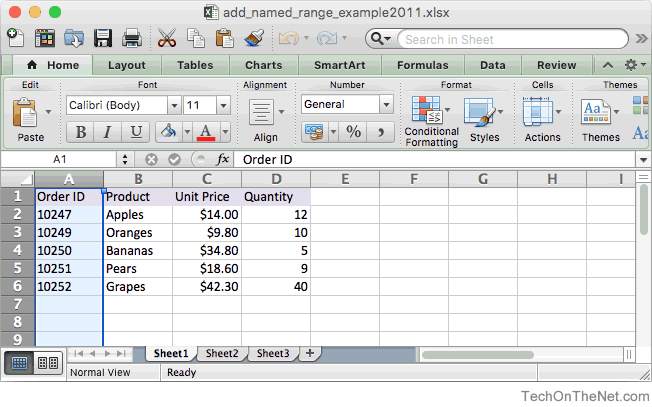



Ms Excel 11 For Mac Add A Named Range




How To Create Named Ranges In Google Sheets Static Dynamic
This quickly shows you how to define a named range in Excel 10 using the name box and the Define Name option from the ribbon Name Range is a name assigned to a range of cells in excel, it helps us in using a given range conveniently by mentioning their name rather than range notations like A1G3 etc As you could see below, the range A1A6 has been assigned name "ToBeSum" we will see in this post how to use name range in an excel formulaThis session is part of Microsoft Excel Course Advanced In this session following topics have been coveredDefine a Cell NameDefine a Range NameUse a R
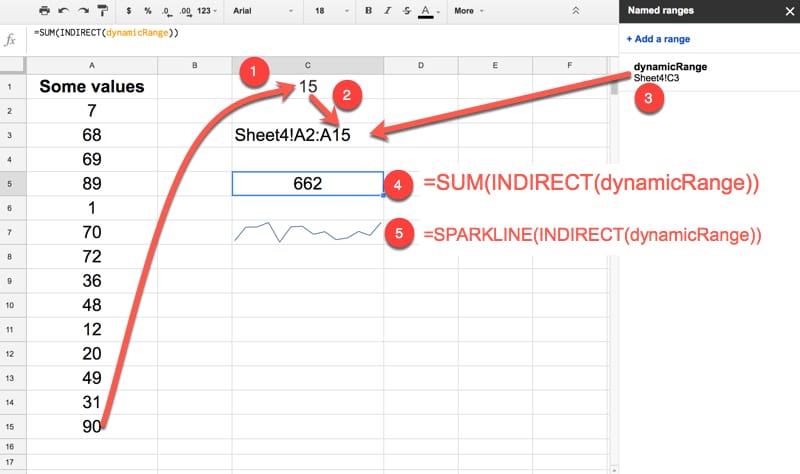



How To Create Dynamic Named Ranges In Google Sheets
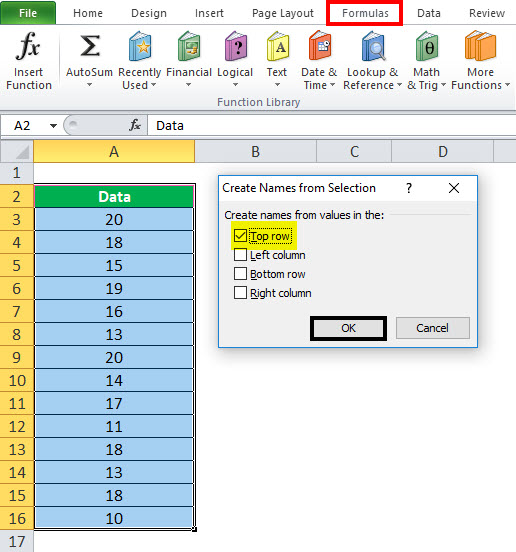



Name Range In Excel Examples How To Use Names In Excel
On the Formulas tab, click Define Name in the Defined Names group In the Name box, type Sales In the Refers to box, type "=OFFSET ($B$2,0,0,COUNTA ($B$B)1)", and then click OK Clear cell B2, and then type "=RAND ()*010"Define names from a selected range Select the range you want to name, including the row or column labels Select Formulas > Create from Selection In the Create Names from Selection dialog box, designate the location that contains the labels by selecting the Top row,Left column, Bottom row, or Right column check boxThe Name Manager is a dialog box in Excel that allows you to create, edit, and delete defined names These names can be named ranges , named formulas, and named constants Using named ranges can make formulas easier to read, understand and maintain
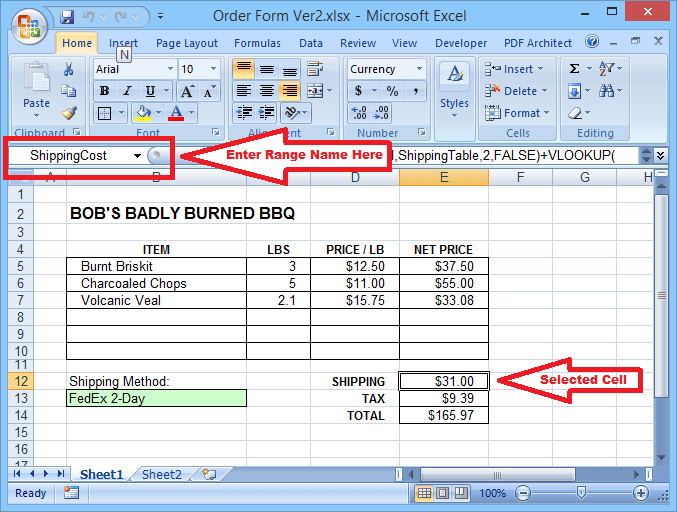



Why You Should Be Using Named Ranges In Excel



Q Tbn And9gct8gkj7acvfewbeacmkwwrpikm9a1naex10srv8tp5z3epgv5nr Usqp Cau
You can find a named range by using the Go To feature—which navigates to any named range throughout the entire workbook You can find a named range by going to the Home tab, clicking Find & Select, and then Go To Or, press CtrlG on your keyboard In the Go to box, doubleclick the named range you want to find Now our target is to dynamically name a range based on cell value using the Excel Name Manager option for the above dataset Step 1 Go to the Formulas tab then click on Name Manager Step 2 Click on the New option on the New Manager window Step 3 Follow the sequences Enter any name in the Name field Enter the below formula in Refers to Create Range Names 1 Select a range of cells in your spreadsheet (for example, in our sample, select B4B13) 2 From the Formulas tab, click Define Name 3 Notice that Excel
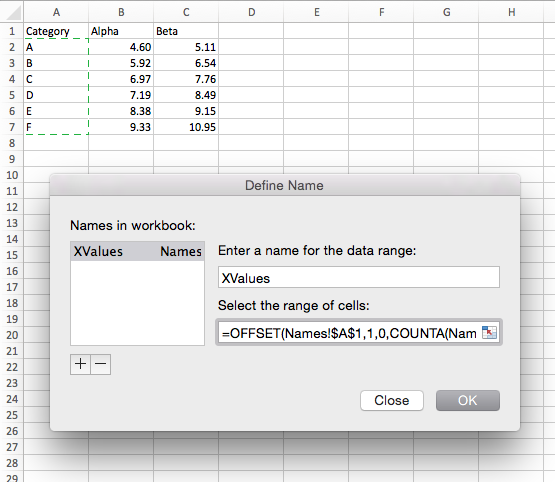



Dynamic Charts In Excel 16 For Mac Peltier Tech




Excel Vba Named Ranges
Will work only for public named ranges Without brackets If you want to refer a regular range or a named range declared on specific sheet, though = WorkbookNameSheetName!Range It also seems, like quotes or anything like that to manage spaces may be required only in Excel's cells, that is in UI (and may be locale specific, since on my PCIn Excel, you can name cells and cell ranges, and use those names in formulas This is a useful feature that makes formulas easier to understand and maintainStep 1 Create a query to get the named range Firstly create a named range to reference I have called my named range FilePath and copied in a new folder location Add a named range by typing in the name FilePath into the name box Then copy in the folder path into this cell Go to the Power Query tab From the Get External Data section press




Locating Name Manager In Excel For Mac Ask Different
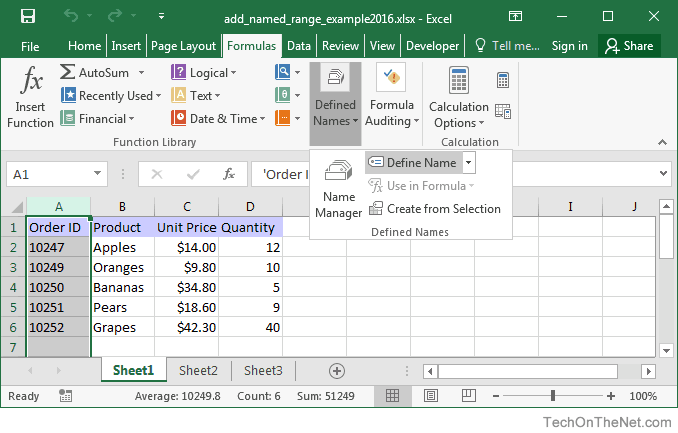



Ms Excel 16 Add A Named Range
(1) Type a name for this named range in the Name box;The Name Manager dialog box does not display names defined in Visual Basic for Applications (VBA), or hidden names (the Visible property of the name is set to False) Create a named range On the Formulas tab, in the Defined Names group, click Define NameExcel VBA Named Range When we work with a large amount of data to avoid referring to a particular cell or cell ranges we usually create named ranges and it allows us to refer to the required cell range through the named range In VBA to create name range we have Add Name Function We can select a cell or range of cells and give a name to it
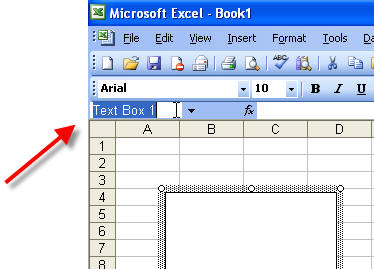



Named Ranges In Microsoft Excel Office Articles



1
A faster way to create a named range in Excel is to select the cells and type the range name directly in the Name Box When finished, click Enter to save the newly created named range For more information, please see how to define a name in ExcelOne way to create a dynamic named range with a formula is to use the OFFSET function together with the COUNTA function Dynamic ranges are also known as expanding ranges they automatically expand and contract to accommodate new or deleted data Note OFFSET is a volatile function, which means it recalculates with every change to a worksheetNote Named ranges that are created from selecting cells have a workbooklevel scope Select the range you want to name, including the row or column labels Click Formulas > Create from Selection In the Create Names from Selection dialog box, select the checkbox (es) depending on the location of your row/column header




How To See All Of The Named Cell Ranges In An Excel Workbook




Vba Named Range How To Use Vba Named Range In Excel Vba
Create a Named Range by using the Define Name option First, focus on the cells by selecting the range of cells Now, navigate to the Formulas tab Next, go to the Defined Name group Click to select Define Name Now once the New Name dialog box opens, mention three things Name, Scope, Comment Named ranges in Excel are labels that you can assign to individual cells or cell ranges This allows you to use range names anywhere you would use a cell or cell range reference For example, you can define the cell range C1C45 as "Employees" Now, whenever you need to enter that cell range, you don't have to remember the exact cell rangeSummary To define a range based on a value in another cell, you can use the INDEX function In the example shown, the formula in J7 is = SUM( C5 INDEX( data, J5, J6 )) where "data" is the named range B5G9




Named Ranges In Excel Exceljet




How To Create And Use Excel Named Ranges
Normally, Named Ranges are very useful for Excel users, you can define a series of values in a column, give that column a name, and then you can refer to that range by name instead of its cell references But most time, you need to add new data to expand the data values of your referred range A named range, range name, or defined name all refer to the same object in Excel;It's a descriptive name — such as Jan_Sales or June_Precip — that is attached to a specific cell or range of cells in a worksheet or workbook Named ranges make it easier to use and identify data when creating charts, and in formulas such as
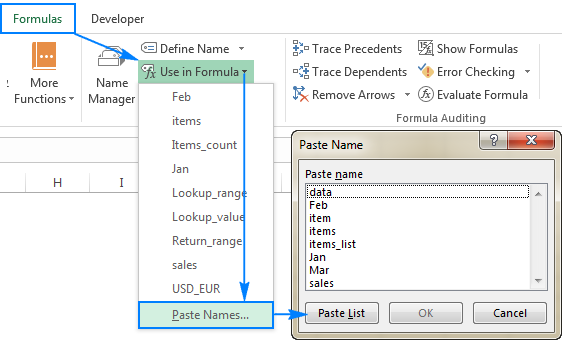



Excel Names And Named Ranges How To Define And Use In Formulas
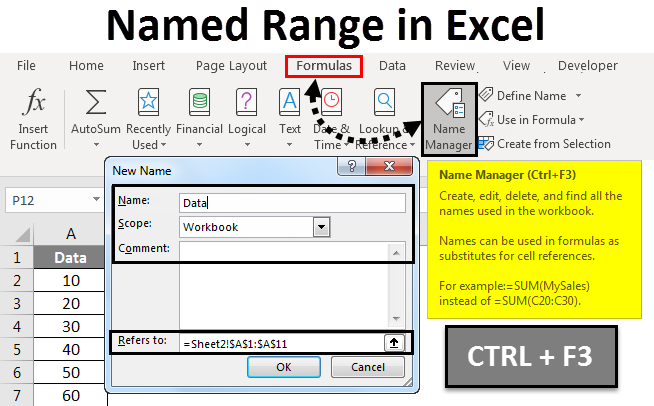



Named Range In Excel How To Create Named Range In Excel
2 minutes to read;Asumptions targes sheet = form, named range = MyNameRange Sub FindingLastRow Dim rw As Range, rwMax As Long For Each rw In Sheets ("form")Range ("MyNameRange")Rows If rwRow > rwMax Then rwMax = rwRow Next MsgBox "Last row of 'MyNameRange' under Sheets 'form' " & rwMax End Sub PDF Download excelvba for free Click on this link to get to know more about "Name Range in Excel" In this article we will discuss on reading values stored in a Name range in Excel Sheet using Excel VBA Name ranging in excel sheet means giving a name to a Range to refer it by the name given Name can be given to a single cell or a range cellsIn my opinion, there are three main reasons to use Named Ranges in Excel Formulas1) They are easier to write especially when range of cells is large2) The
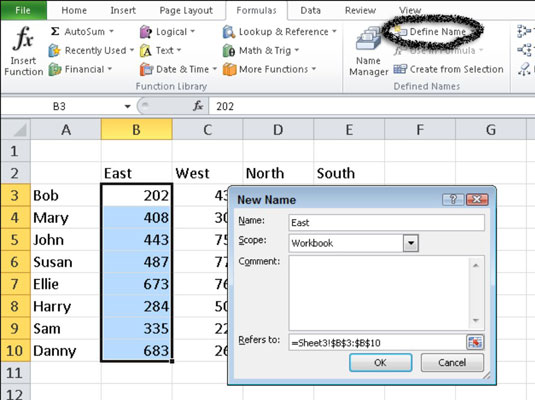



How To Name A Cell Or Range In Excel 10 Dummies



How To Define And Edit A Named Range In Excel
A named range is one or more cells that have been given a name in spreadseet Using named ranges can make things easier How to Create Named Range to Spreadsheet in C# language This C# tutorial shows how to apply named range in Excel xlsx file Before working on Named Range First, we need create two worksheet in Excel, and fill some data to Named ranges are a useful, but often underutilized, feature of Microsoft Excel Named ranges can make formulas easier to understand (and debug), simplify the creation of complicated spreadsheets, and simplify your macros A named range is just a range (either a single cell, or a range of cells) to which you assign a name A named range is a meaningful shorthand that makes it easier to understand the purpose of a cell reference, constant, formula, or table, each of which may be difficult to comprehend at first glance"



1




Creating A Chart Using A Dynamic Named Range In Excel 10 Super User
Named ranges in Excel have something called "scope", which determines whether a named range is local to a given worksheet, or global across the entire workbook Global names have a scope of "workbook", and local names have a scope equal to the sheet name they exist onName range in excel are the ranges which have been given a name for the future reference, to make a range as named range first select the range of data and then insert a table to the range, then we put a name to the range from the name box in the lefthand side of the window, after this we can refer to the range by its name in any formulaExcel Ranges and Formulas Excel Details The use of "SUM()" in the aforementioned formula specifies what function to apply to the range(s) of cells it is given as arguments inside the parentheses to the right of the function's nameExcel has a huge number of builtin functions that can be used to a great variety of ends enter range in excel




Named Range In Excel Geeksforgeeks
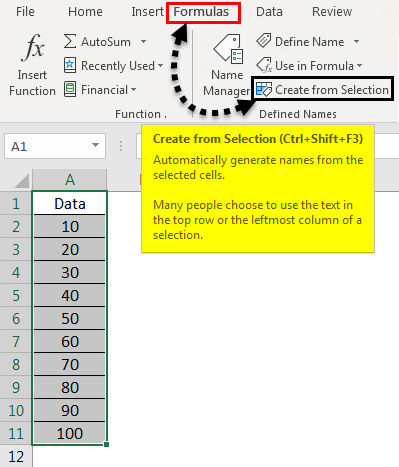



Named Range In Excel How To Create Named Range In Excel
(2) Place the cursor into the Refers to box, next go to the Sheet Tab bar and select multiple adjacent sheets by holding the Shift key and clicking the first sheet and the last one, and then select a range in current worksheet 3 Click the OK button in the New Name boxIn the Defined Names section, click "Use In Formula" and select "Paste Names" from the dropdown menu You can also press "F3" NOTE If there are no named cell ranges in your workbook, the "Use In Formula" button is not available On the Paste Name dialog box, all the named cell ranges display in the Paste name listYes, these are named ranges in excel Named Ranges In Excel Name range in Excel is a name given to a range for the future reference To name a range, first select the range of data and then insert a table to the range, then put a name to the range from the name box on the lefthand side of the window read moreI have named the cell B1 as "Sales" and B2 as "Cost," so instead of




Excel Range Names In Excel Define
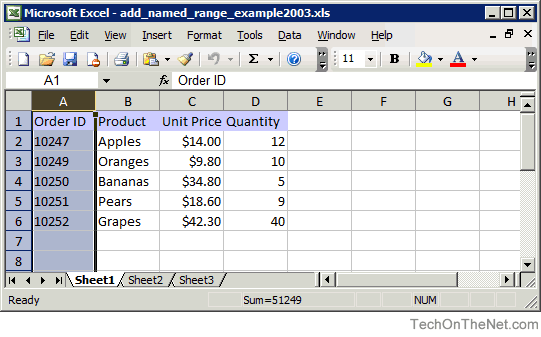



Ms Excel 03 Add A Named Range




How To Create Named Ranges In Excel A Step By Step Guide




How To Create Named Ranges In Excel A Step By Step Guide
:max_bytes(150000):strip_icc()/NamedRangeNameManager-5c192805c9e77c0001a4b91c.jpg)



How To Define And Edit A Named Range In Excel
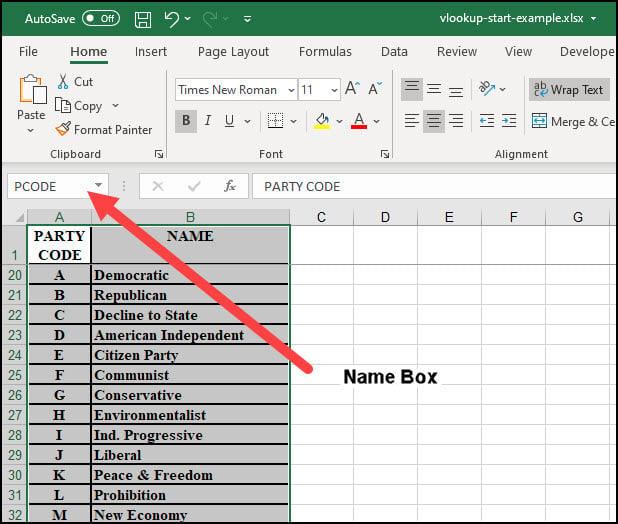



Easily Assign An Excel Range Name Productivity Portfolio




Name Range In Excel




Manage Excel Named Ranges In Excel For Mac Using The Define Name Menu Youtube
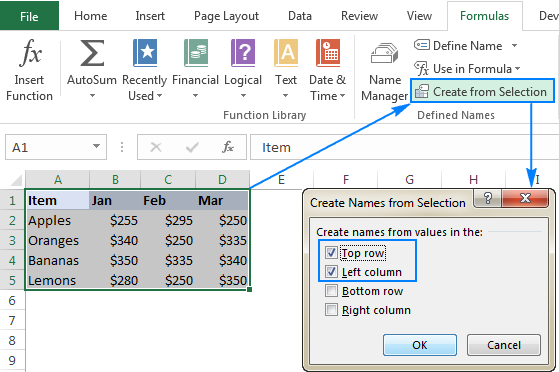



Excel Names And Named Ranges How To Define And Use In Formulas




Excel Range Names What You Need To Know Fm



Illegal Range Names Daily Dose Of Excel




How To See All Of The Named Cell Ranges In An Excel Workbook




Named Ranges In Excel Exceljet
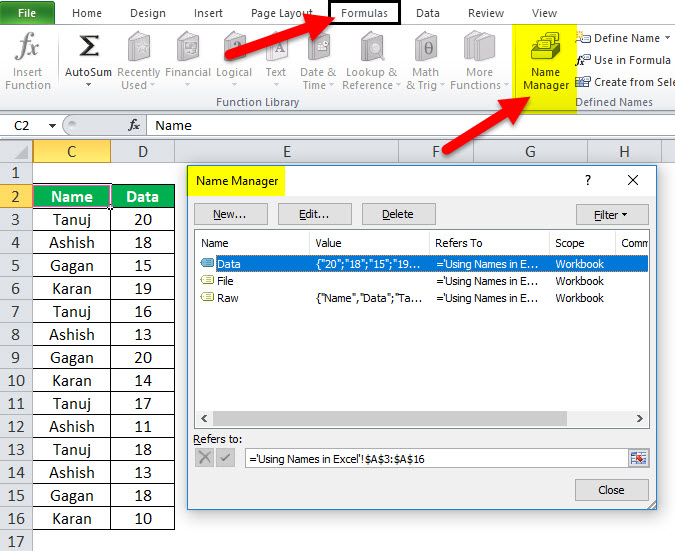



Name Range In Excel Examples How To Use Names In Excel




How To Create Named Range In Excel Office 365 Youtube




How To Create A Named Range From Selected Cells And Using Intersection Operator In Excel Youtube
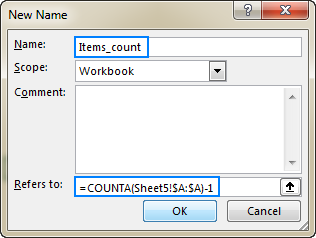



Excel Names And Named Ranges How To Define And Use In Formulas




Named Range In Excel Geeksforgeeks
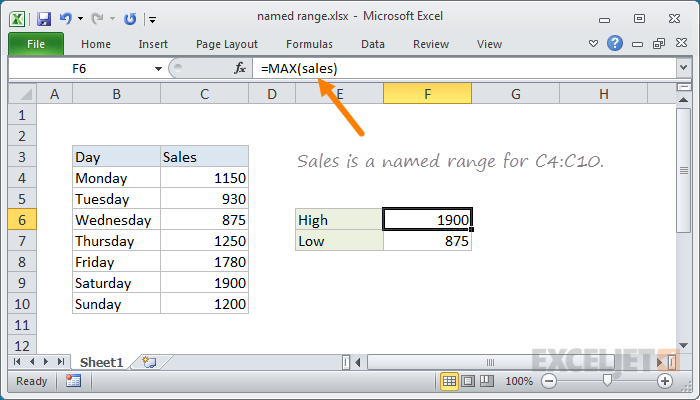



Excel Named Range Exceljet




Create A Named Range In Excel Easy Excel Tutorial




Excel Creating A Range Name Youtube




Creating A Chart Using A Dynamic Named Range In Excel 10 Super User




Excel Formula Dynamic Named Range With Offset Exceljet
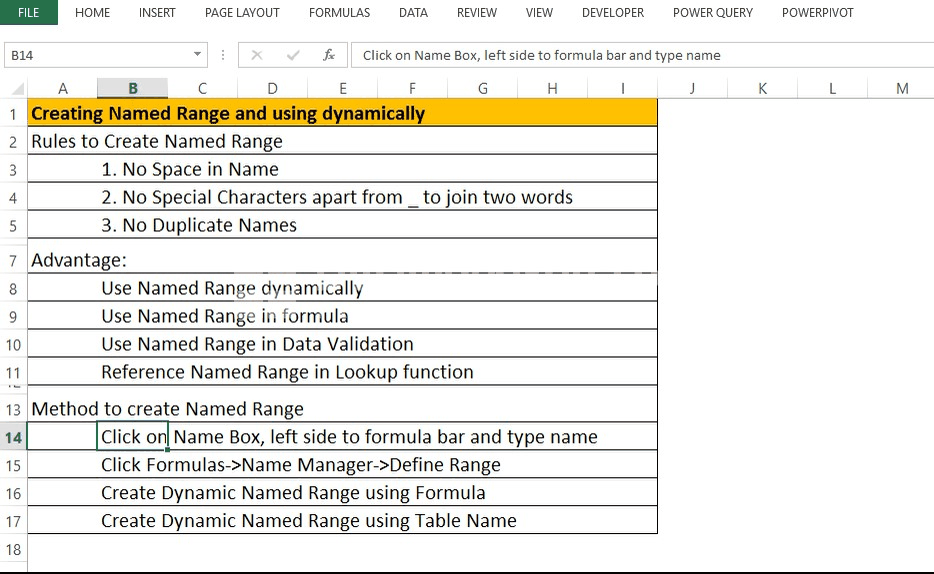



Tactical Process Automation Create Named Range In Excel




Define Name Excel
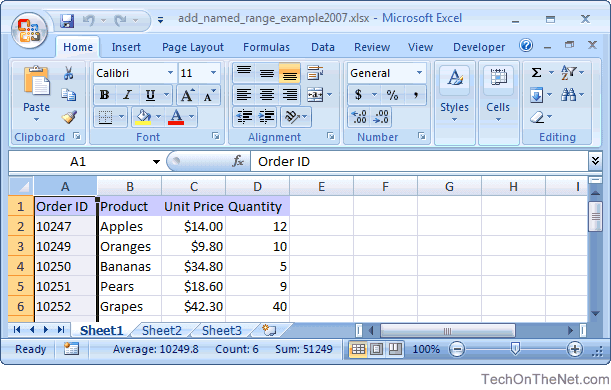



Ms Excel 07 Add A Named Range




All About Excel Named Ranges Excel Range Name




Use The Name Manager In Excel Excel
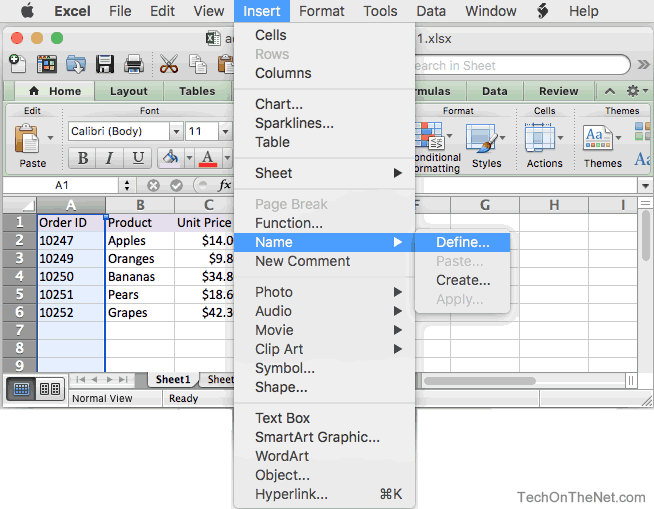



Ms Excel 11 For Mac Add A Named Range




Excel Vba Create Named Range Step By Step Guide And 4 Examples




How To Create Named Ranges In Excel Recode Hive




Using Named Ranges Customisations Business Fitness Help Support
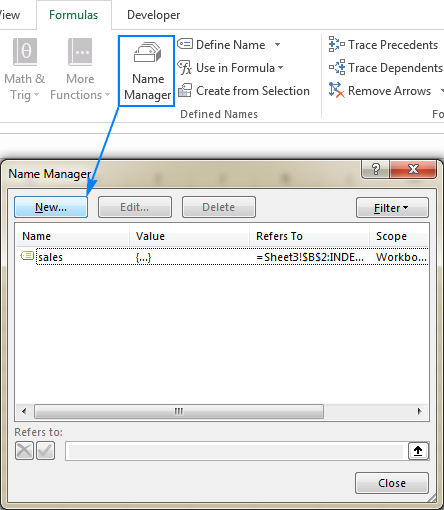



Excel Names And Named Ranges How To Define And Use In Formulas
/NameBox-5be366ed46e0fb00519ef15a.jpg)



How To Define And Edit A Named Range In Excel
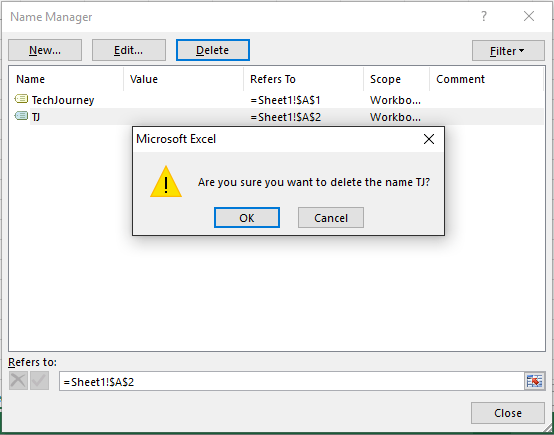



Delete A Defined Name Named Range In Excel Tech Journey




Names In Excel Smartnotes Amana Dokumentation
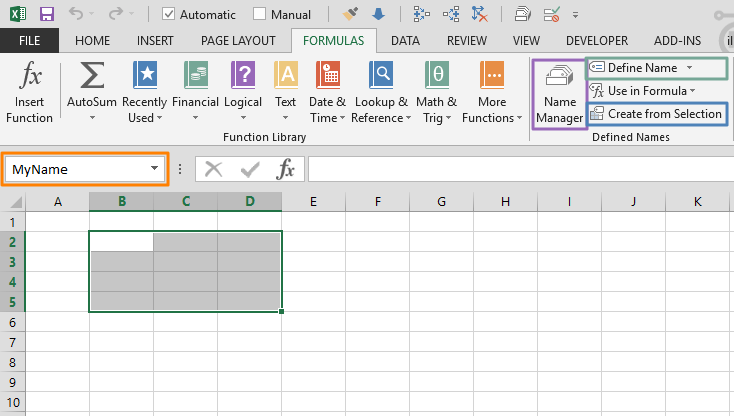



5 Ways To Create An Excel Named Range
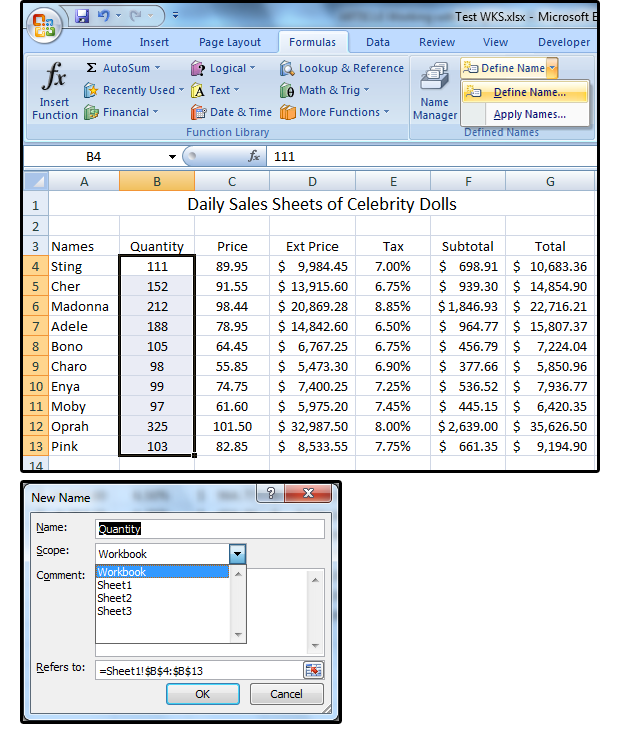



Excel Pro Tips How To Create Define And Use Named Ranges Pcworld




How To Assign A Name To A Range Of Cells In Excel




How To View Named Ranges In Microsoft Excel Developer Publish




How To Create Named Ranges To Use In Excel Formulas Youtube
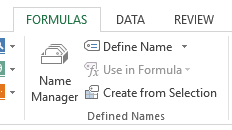



Delete A Defined Name Named Range In Excel Tech Journey




Why You Should Be Using Named Ranges In Excel




Naming A Cell Or Range In Excel With Formula Excelnumber




Names In Excel Smartnotes Amana Dokumentation
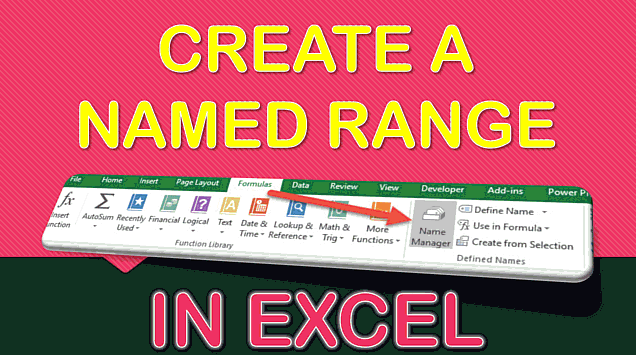



Create A Named Range In Excel Myexcelonline




How To Create And Use Excel Named Ranges




Named Range In Excel




Excel For Mac Named Range Learnfasr



1
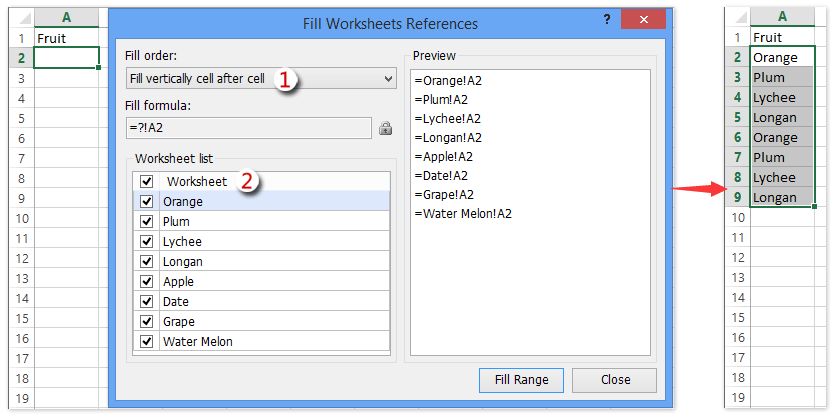



How To Define Named Range Across Worksheets In Excel
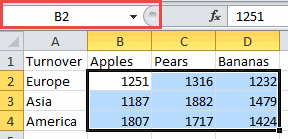



Excel Range Names In Excel Define
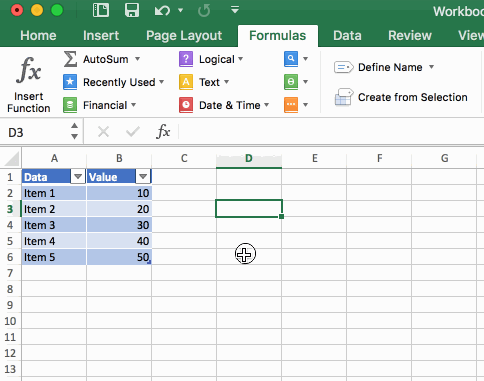



Set Multiple Named Ranges In Excel Spreadsheets Made Easy
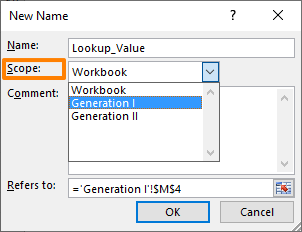



How To Make Excel Change Scope Of Named Range
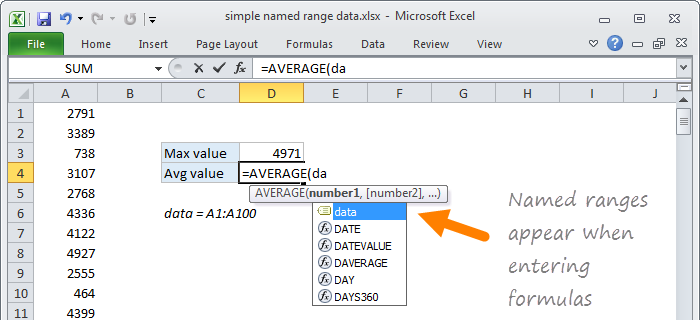



Named Ranges In Excel Exceljet




Named Ranges In Excel Exceljet
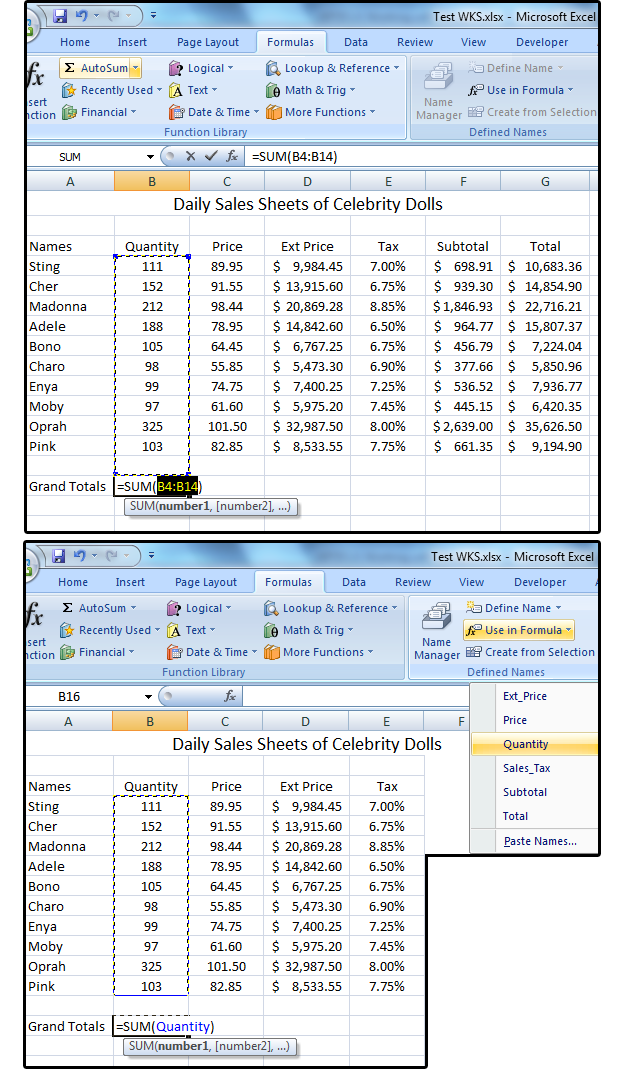



Excel Pro Tips How To Create Define And Use Named Ranges Pcworld
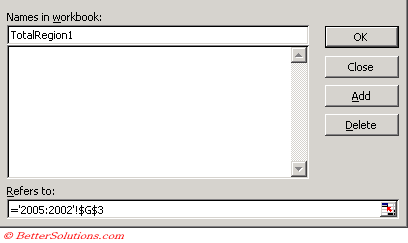



Excel Named Ranges 3d Named Ranges
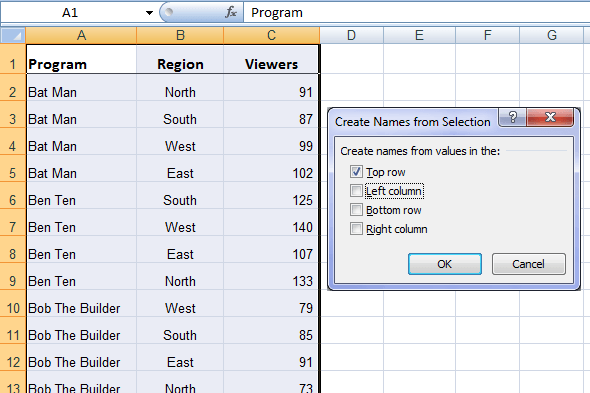



Excel Named Ranges Explained My Online Training Hub
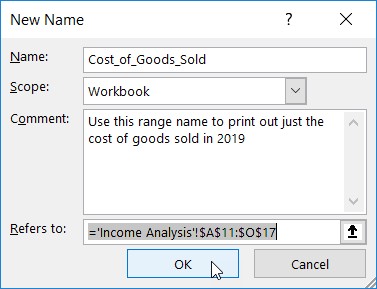



Excel Ranges Naming Your Cells In Excel 19 Dummies
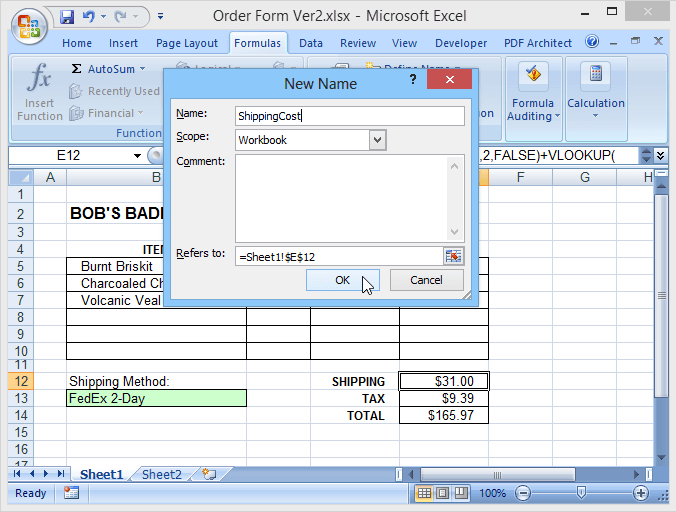



Why You Should Be Using Named Ranges In Excel
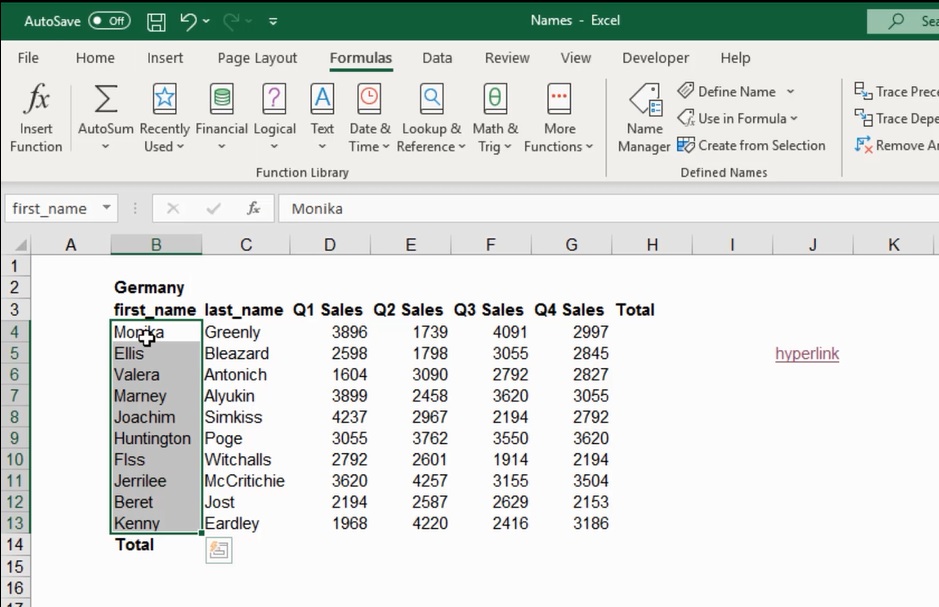



How To Create Name Range In Excel Complete Guide 21




Excel Range Names In Excel Formula In Name



How To Define And Edit A Named Range In Excel




Naming A Cell Or Range In Excel With Formula Excelnumber
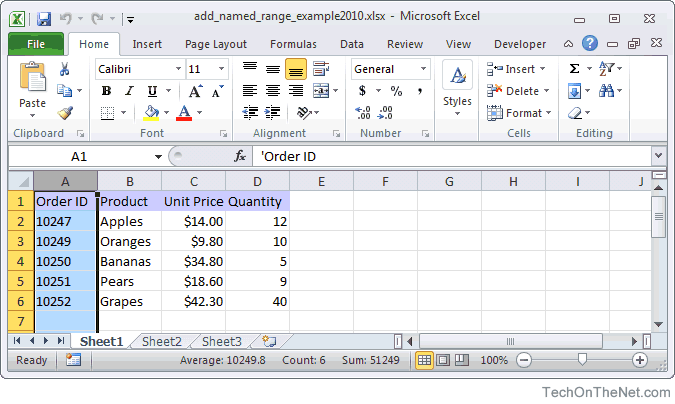



Define Name Excel Mac
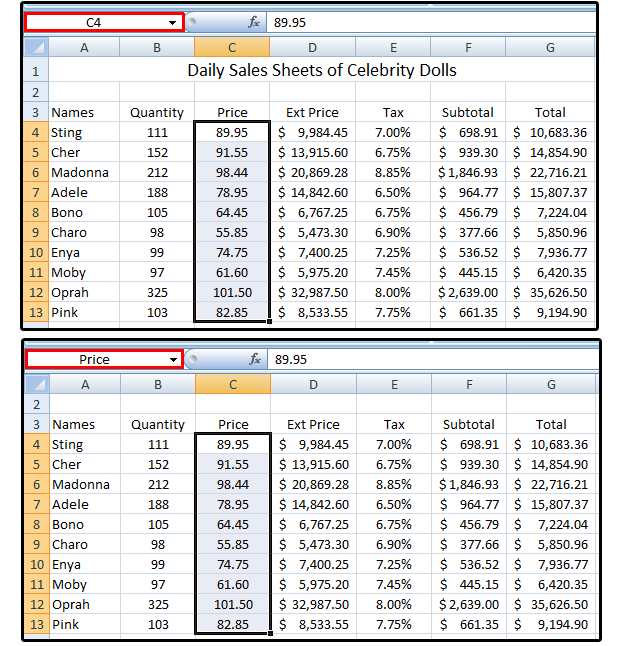



Excel Pro Tips How To Create Define And Use Named Ranges Pcworld




How To Quickly Delete All Named Ranges In Excel




How To Create Named Ranges In Excel A Step By Step Guide




How To Create Named Ranges In Excel Recode Hive
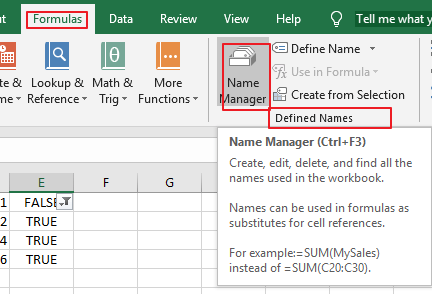



How To Delete All Named Ranges In Excel Free Excel Tutorial




Naming A Cell Or Range In Excel With Formula Excelnumber
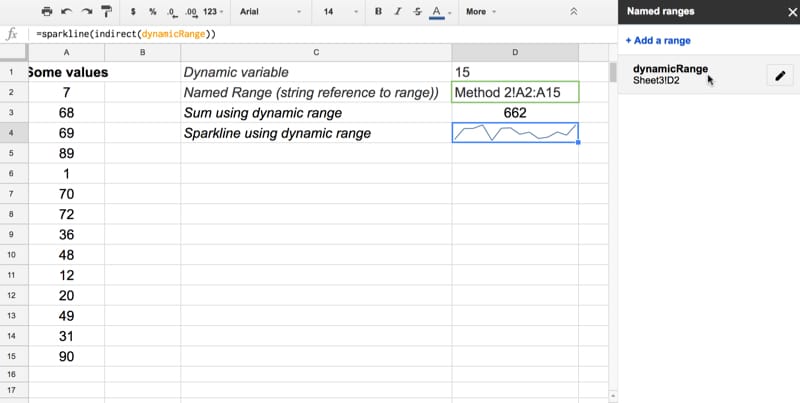



How To Create Dynamic Named Ranges In Google Sheets
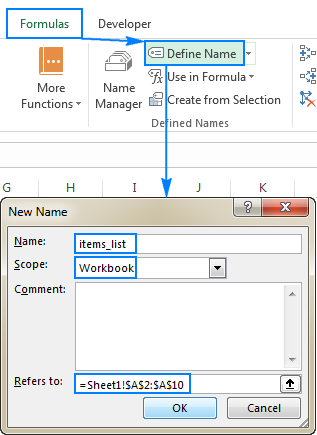



Excel Names And Named Ranges How To Define And Use In Formulas
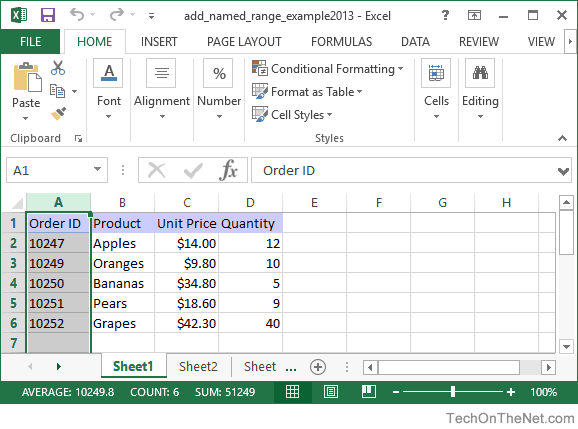



Ms Excel 13 Add A Named Range
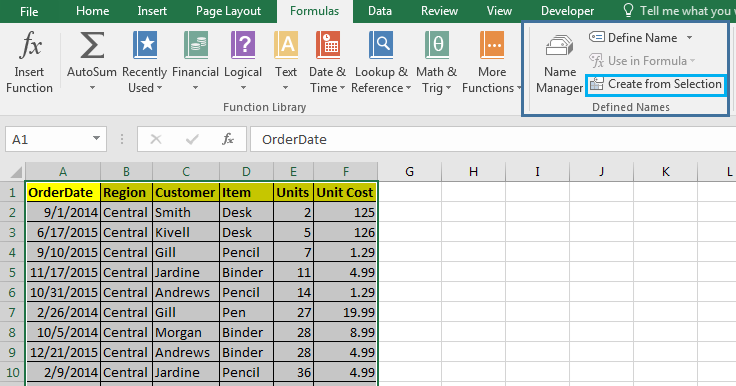



All About Excel Named Ranges Excel Range Name
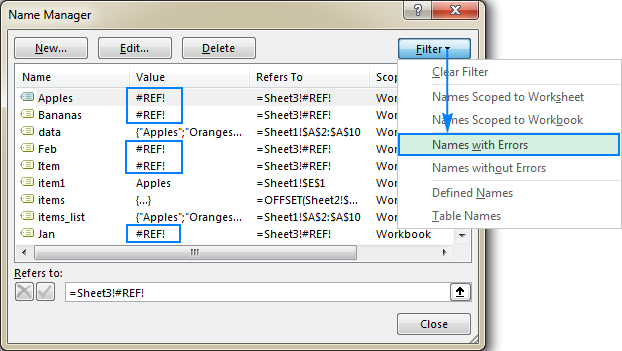



Excel Names And Named Ranges How To Define And Use In Formulas
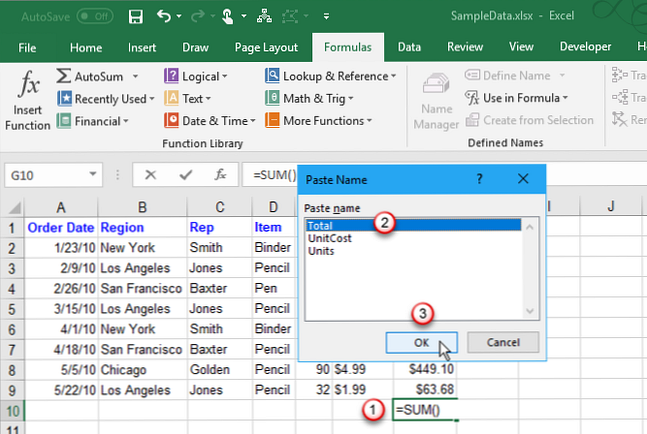



So Arbeiten Sie Mit Benannten Bereichen In Microsoft Excel Produktivitat Nachrichten Aus Der Welt Der Modernen Technologie



0 件のコメント:
コメントを投稿